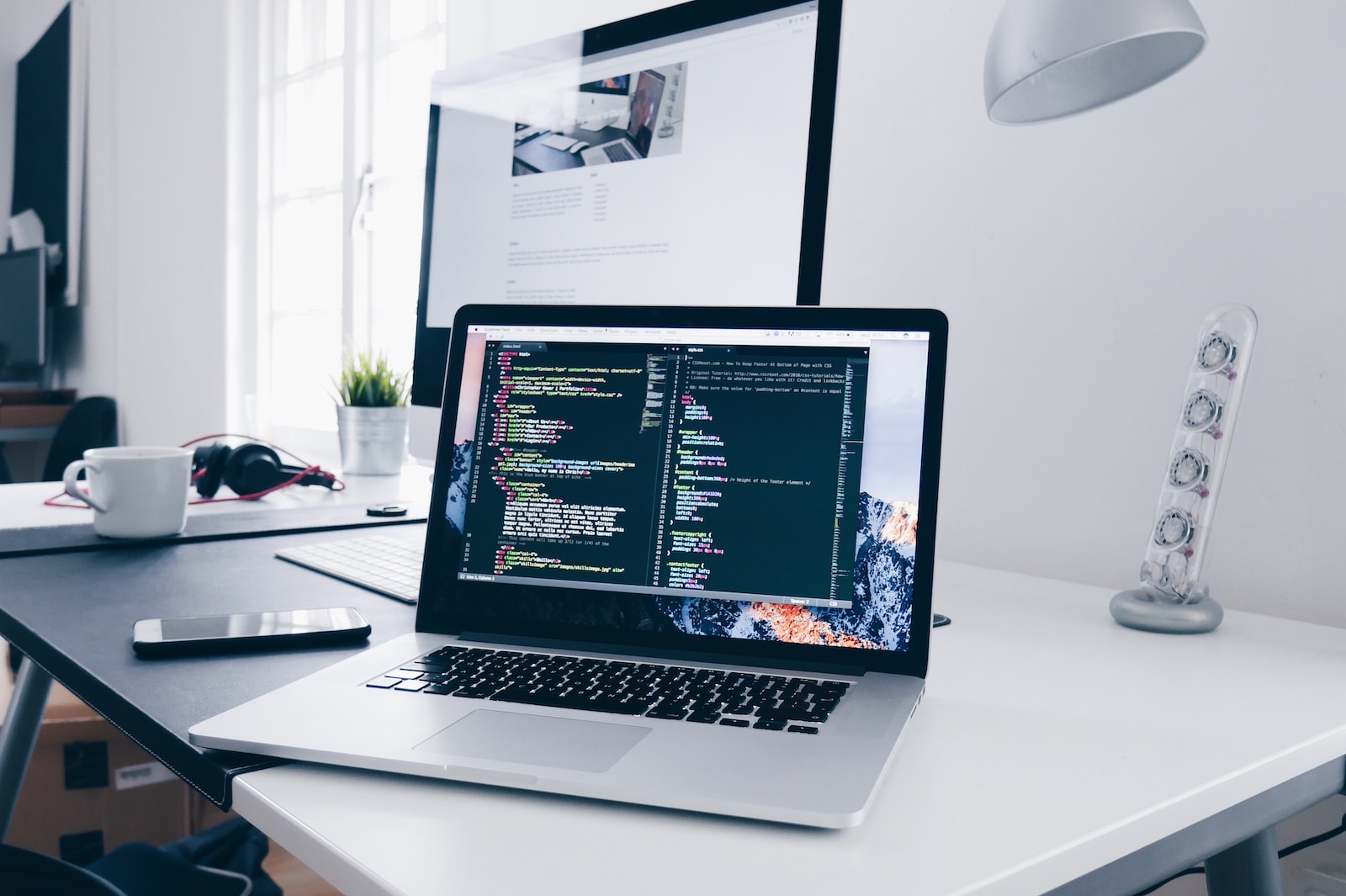Python for Data Science

About Course
Course Description:
Unleash the power of Python in the realm of data science. This comprehensive course is designed to equip you with the essential skills and knowledge needed to excel in the data-driven world. Python, a versatile and widely used programming language, will be your tool of choice as you delve into data analysis, visualization, and machine learning.
Course Highlights:
- Python Fundamentals: Master the basics of Python programming, including data structures, functions, and control flow.
- Data Manipulation: Learn how to efficiently manipulate and analyze data using libraries like Pandas and NumPy.
- Data Visualization: Create captivating data visualizations with Matplotlib and Seaborn to make insights accessible.
- Machine Learning: Explore the foundations of machine learning, including supervised and unsupervised learning algorithms.
- Real-world Applications: Apply your Python skills to practical data science projects and scenarios.
Course Content
1: Introduction to Python
2: Variables and Data Types
3: Control Structures and Functions
4: Python Modules and Libraries
Student Ratings & Reviews

No Review Yet
